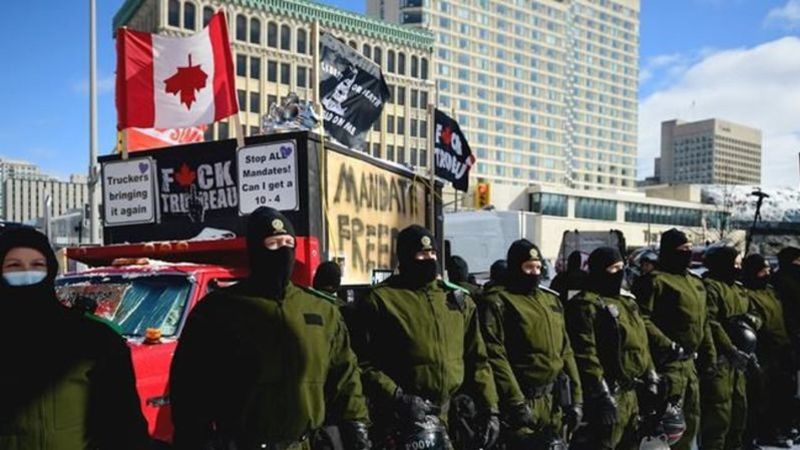
ROTHENBURGER: Police ‘surge’ against Ottawa protesters shows patience, restraint
FOR GRIPPING TELEVISION, yesterday’s wall-to-wall coverage of police action against the protesters in Ottawa was hard to match and it will, no doubt, continue today and tomorrow.
Watching it unfold brought mixed feelings of sadness and relief. Sadness because it had come to this; relief at the professional way in which police moved in to start regaining control of the streets in front of Parliament Hill.
We’ve become used to watching riots south of the border in which police use batons, rubber bullets and tear gas against demonstrators, cracking skulls and dragging them off to paddy wagons. That visual of the American way of doing crowd control goes back decades. Who can ever forget or at least, not be familiar with, Kent State in 1970, when the Ohio National Guard used real bullets against students protesting the Vietnam war, fatally shooting four and wounding nine?
More recently, of course, we’ve seen how protests across that country were allowed to get out of control and turn into riots. Almost 1,000 incidents of police brutality during protests were alleged in a five-month period.


